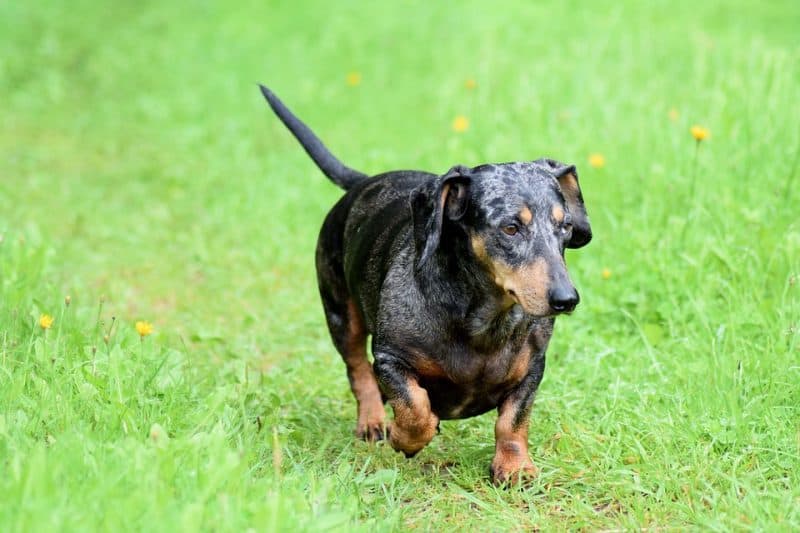
Dachshund Facts: Unveiling the Fascinating World of Dachshunds
Welcome to our comprehensive guide on Dachshund facts! As avid enthusiasts of these remarkable canine companions, we’re thrilled to share an in-depth exploration of the world of Dachshunds. From their unique physical characteristics to their intriguing history and delightful personalities, join us as we unravel the charm and appeal of these long-bodied wonders.
Dachshund Origins and History
The origins of the Dachshund breed can be traced back to 15th-century Europe, primarily in Germany. Originally bred for hunting purposes, their distinctive elongated body and short legs were specifically designed to track and chase small game, such as badgers and rabbits, deep within their burrows. This heritage lends to their German name “Dachshund,” which translates to “badger dog.”
Physical Characteristics: Beyond the Long Body
Dachshunds are renowned for their elongated bodies, which come in three coat types: smooth, longhaired, and wirehaired. Their captivating appearance is further defined by their expressive almond-shaped eyes and ears that can be either floppy or erect. The breed typically ranges in size from miniature to standard, making them versatile companions for various living environments.
Coat Varieties
- Smooth Coat Dachshunds: This variety boasts a sleek and glossy coat that lies close to the body. Their short hair requires minimal grooming but can benefit from occasional brushing to maintain its luster.
- Longhaired Dachshunds: Long, flowing coats make these Dachshunds a picture of elegance. Regular brushing is essential to prevent tangling and matting, while their charming appearance is sure to captivate anyone’s heart.
- Wirehaired Dachshunds: Known for their wiry and dense outer coats, these Dachshunds exude a rugged charm. Their distinctive facial hair and bushy eyebrows add character to their appearance.
Different Dachshund Sizes
Dachshunds come in a range of sizes, making them suitable for various households and lifestyles:
- Standard Dachshunds: The most common size, standard Dachshunds are robust, often weighing between 16 to 32 pounds. They possess a confident demeanor and are well-suited for families and individuals alike.
- Miniature Dachshunds: Weighing between 8 to 11 pounds, miniature Dachshunds are compact and energetic. Their smaller size makes them an excellent choice for apartment living or anyone seeking a portable companion.
- Toy Dachshunds: The tiniest of the bunch, toy Dachshunds weigh around 8 pounds or less. Their pint-sized stature and playful nature make them ideal for those who want a pocket-sized friend.

Diverse Colors of Dachshunds
Dachshunds showcase a wide array of coat colors, each contributing to their visual allure:
- Red: A classic color, ranging from deep mahogany to light copper.
- Black and Tan: A striking combination of black and rich tan markings.
- Chocolate: A luscious brown hue that exudes warmth.
- Cream: A pale, elegant shade that’s both soft and sophisticated.
- Isabella: A unique and beautiful fawn color with light brown undertones.
- Dapple: A mesmerizing pattern that features spots and patches of various colors.
Intelligent and Spirited Personalities
Dachshunds are brimming with character and personality. Their lively and independent nature is often accompanied by a strong sense of loyalty to their families. While they may be small in stature, they have a courageous spirit that belies their size. Their intelligence makes them excellent problem solvers, and their inquisitive nature keeps them engaged and curious about their surroundings.
Training and Exercise
Training a Dachshund requires patience, consistency, and positive reinforcement. Due to their hunting background, they possess a determined and sometimes stubborn disposition. Early socialization and obedience training are crucial to help them develop into well-mannered companions.
In terms of exercise, daily walks and playtime are essential to keep your Dachshund physically and mentally stimulated. However, it’s important to avoid activities that put excessive strain on their backs, given their elongated bodies.
Health Considerations
While Dachshunds are generally healthy dogs, their unique body structure makes them prone to certain health issues, particularly those related to their spine and back. Intervertebral Disc Disease (IVDD) is a condition that owners should be aware of, as it can cause pain and mobility issues. Maintaining a healthy weight and avoiding activities that could potentially injure their backs are key preventive measures.
Conclusion: Cherishing the Dachshund Magic
In conclusion, Dachshunds are captivating and charming companions that bring joy and love into countless homes. Their rich history, unique physical traits, spirited personalities, and some health considerations all contribute to their exceptional appeal. Whether you’re considering adding a Dachshund to your family or are already fortunate to have one, embracing their distinct qualities ensures a rewarding and delightful canine-human relationship.
Related post: Interesting facts about dachshunds that you didn’t know

